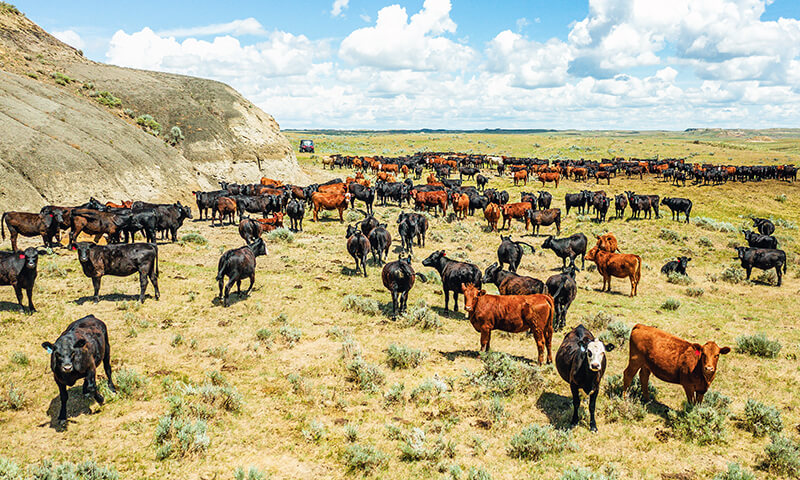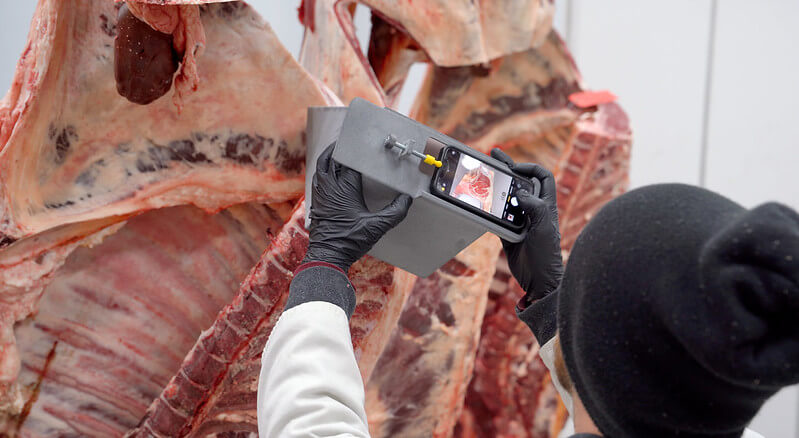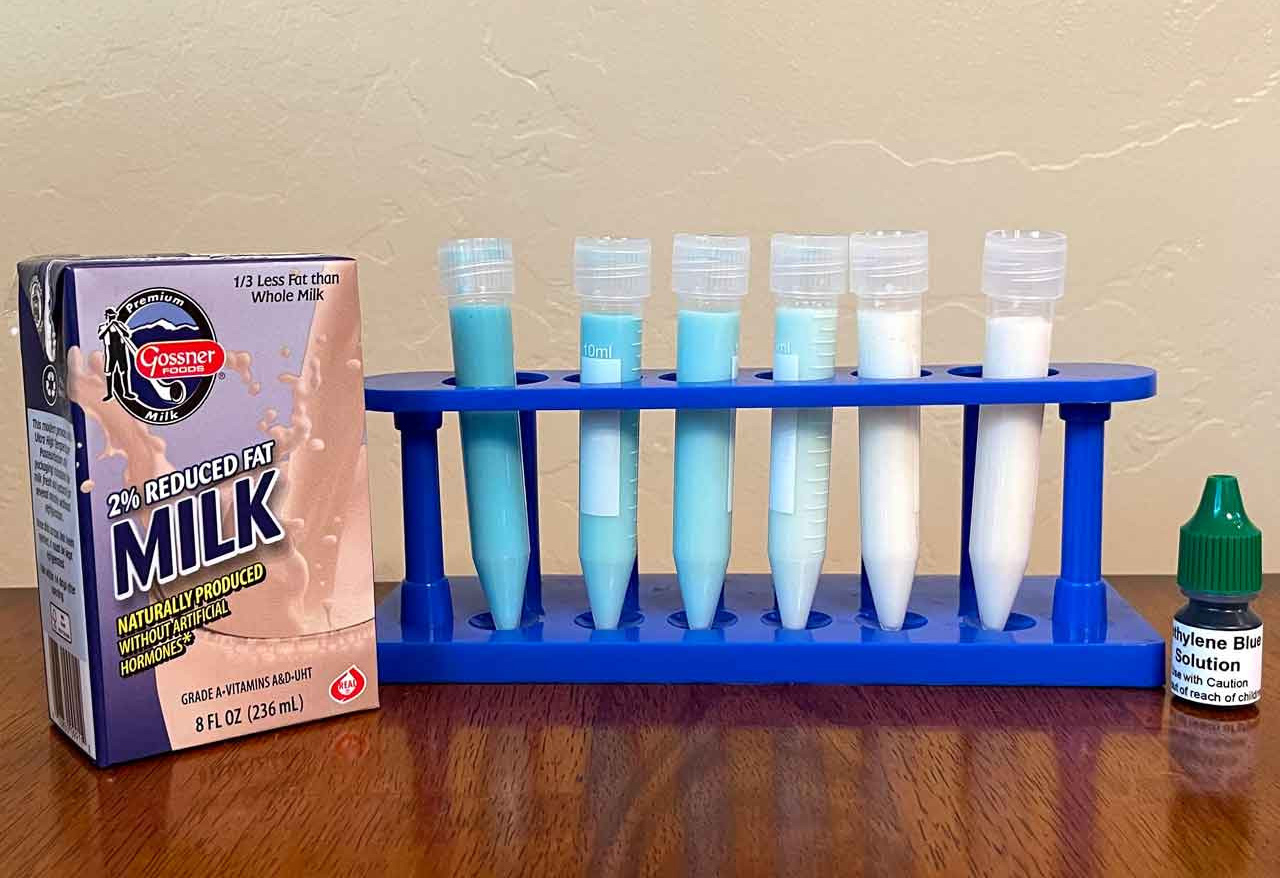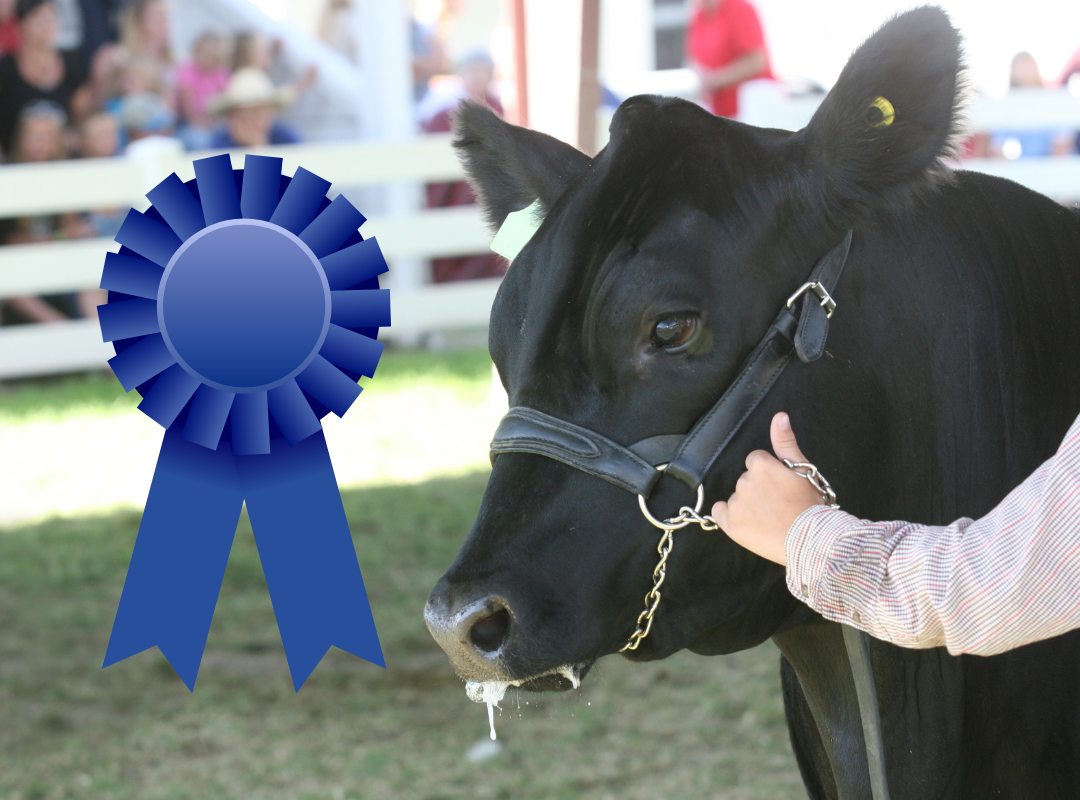Bean Seed Cycle
Students explore how soybeans are grown by farmers, examine seed anatomy through a seed dissection activity, and observe the germination of a soybean plant.
Students explore how soybeans are grown by farmers, examine seed anatomy through a seed dissection activity, and observe the germination of a soybean plant.

Students explain the value of the beef cattle industry, including the products cattle produce, the production process from farm to plate, and how cattle can utilize and obtain energy from grass and other forage.

Students will evaluate the USDA grading system for whole cuts of beef and discuss consumer preferences and nutritional differences between grain-finished and grass-finished beef. Students will also distinguish various labels on beef products and discuss reasons for the government’s involvement in agricultural production, processing and distribution of food.
Students view the 2018 documentary Before the Plate and follow Canadian chef John Horne as he journeys to the source of ten primary food ingredients used in his restaurant. Using critical thinking skills, students will explore the farm-to-table journey of food. This lesson covers a socioscientific issue and aims to provide students with tools to evaluate science within the context of social and economic points of view.

This lab introduces students to the effect temperature has on reducing and controlling the growth of bacteria. Students will use conventionally pasteurized and ultra-high-temperature (UHT) milk to observe how different temperatures (hot, room temperature, cool, and freezing) affect the growth of spoilage bacteria. They will also learn about the importance of pasteurization in keeping food safe.

This lab introduces students to the effect temperature has on reducing and controlling the growth of bacteria. Students will use conventionally pasteurized and ultra-high-temperature (UHT) milk to observe how different temperatures (hot, room temperature, cool, and freezing) affect the growth of spoilage bacteria. They will also learn about the importance of pasteurization in keeping food safe.

Students investigate how diseases are spread and discover how to prevent transmission between humans and animals.

Using the context of a county fair livestock show, students investigate how diseases are spread. With a focus on zoonotic disease, students will complete simulations demonstrating the spread of illness and implementation of biosecurity measures as well as complete an online module to deepen understanding of specific diseases and their prevention.

Using the context of a county fair livestock show, students investigate how diseases are spread. With a focus on zoonotic disease, students will complete simulations demonstrating the spread of illness and implementation of biosecurity measures as well as complete an online module to deepen understanding of specific diseases and their prevention.
Students investigate animal handling preferences, design a cattle corral system that is durable, efficient, and effective, and discover the skills needed to be an agricultural engineer.
Students explore concepts of heredity in beef cattle and identify dominant and recessive traits.
Students investigate a variety of berries, discover how and where they are grown, and explore their nutritional benefits.